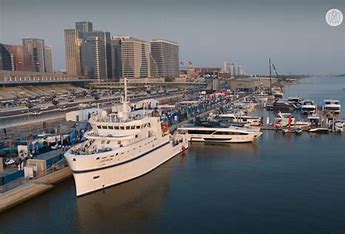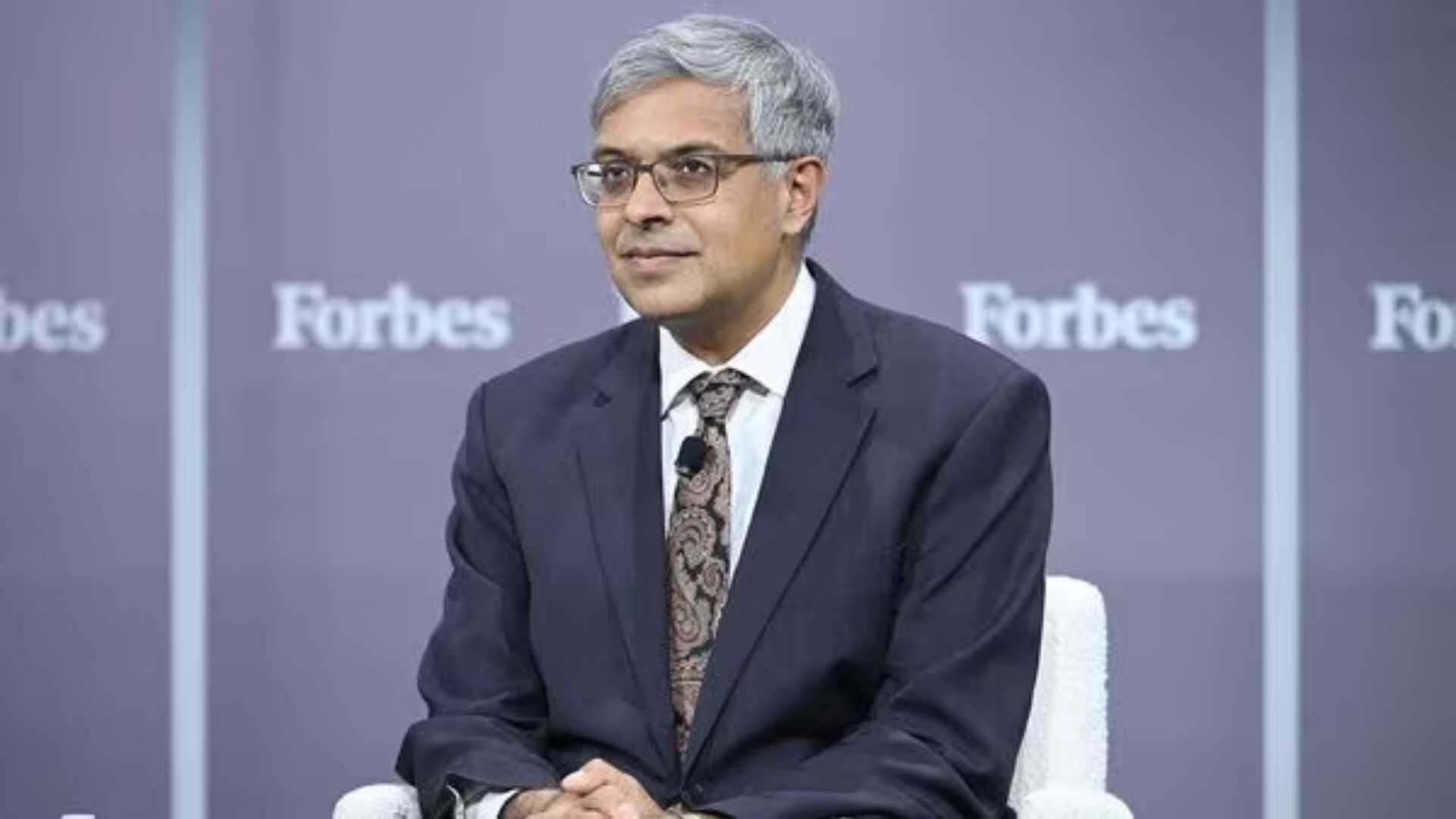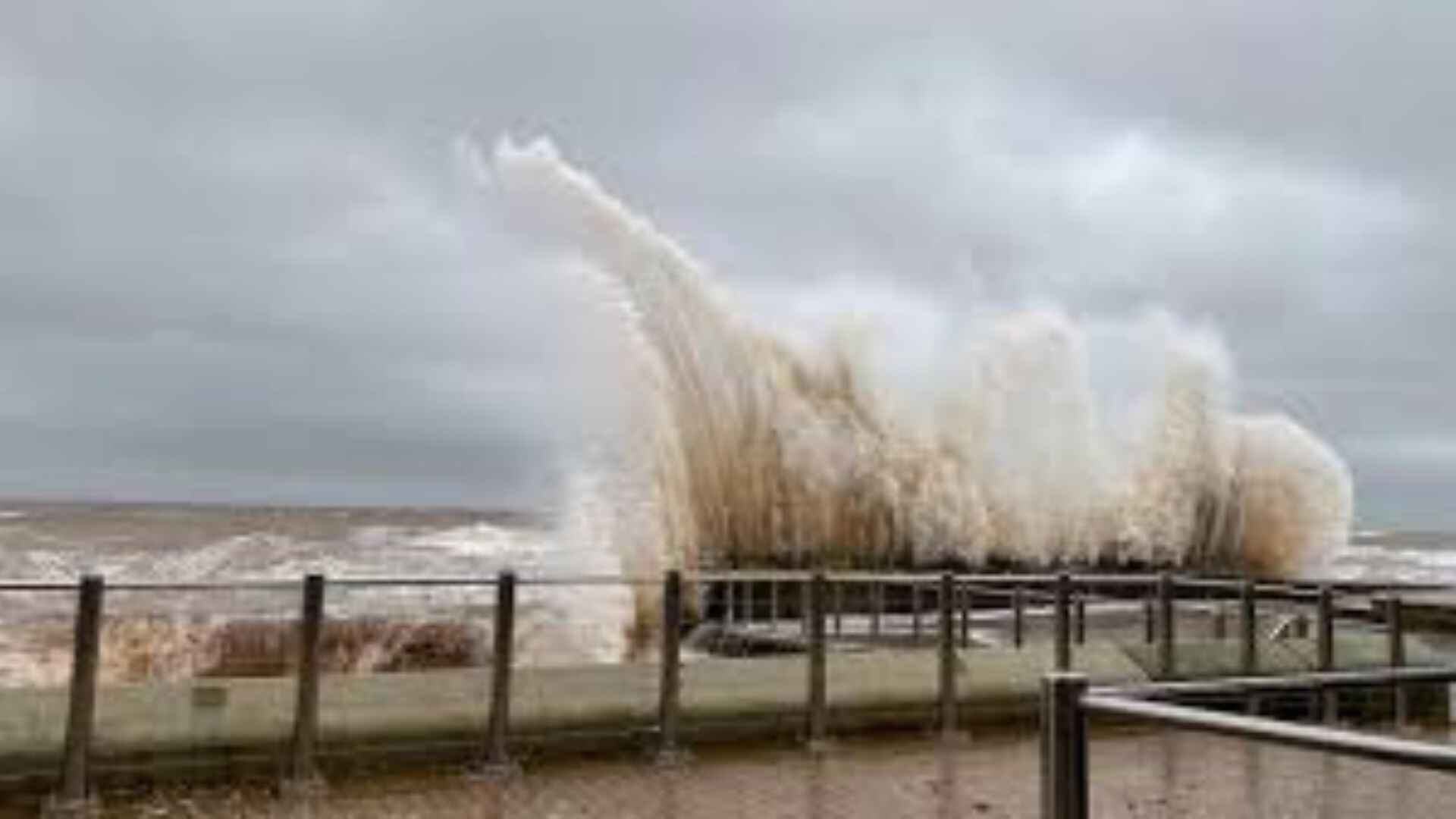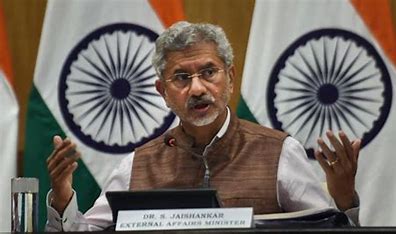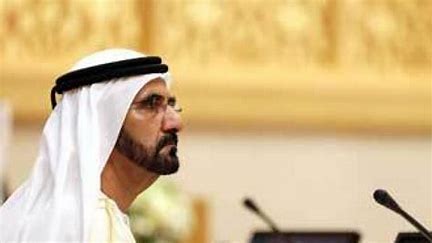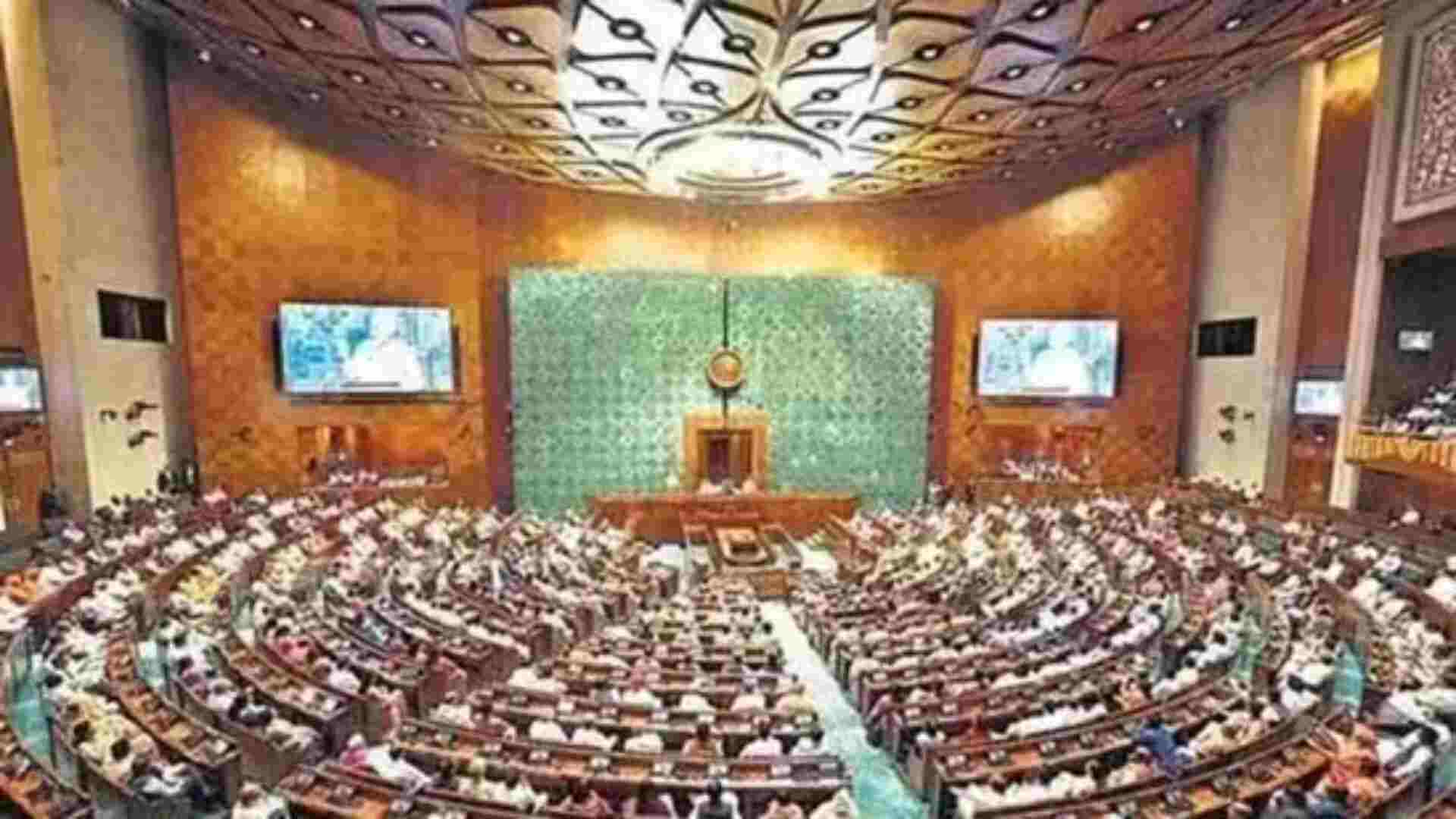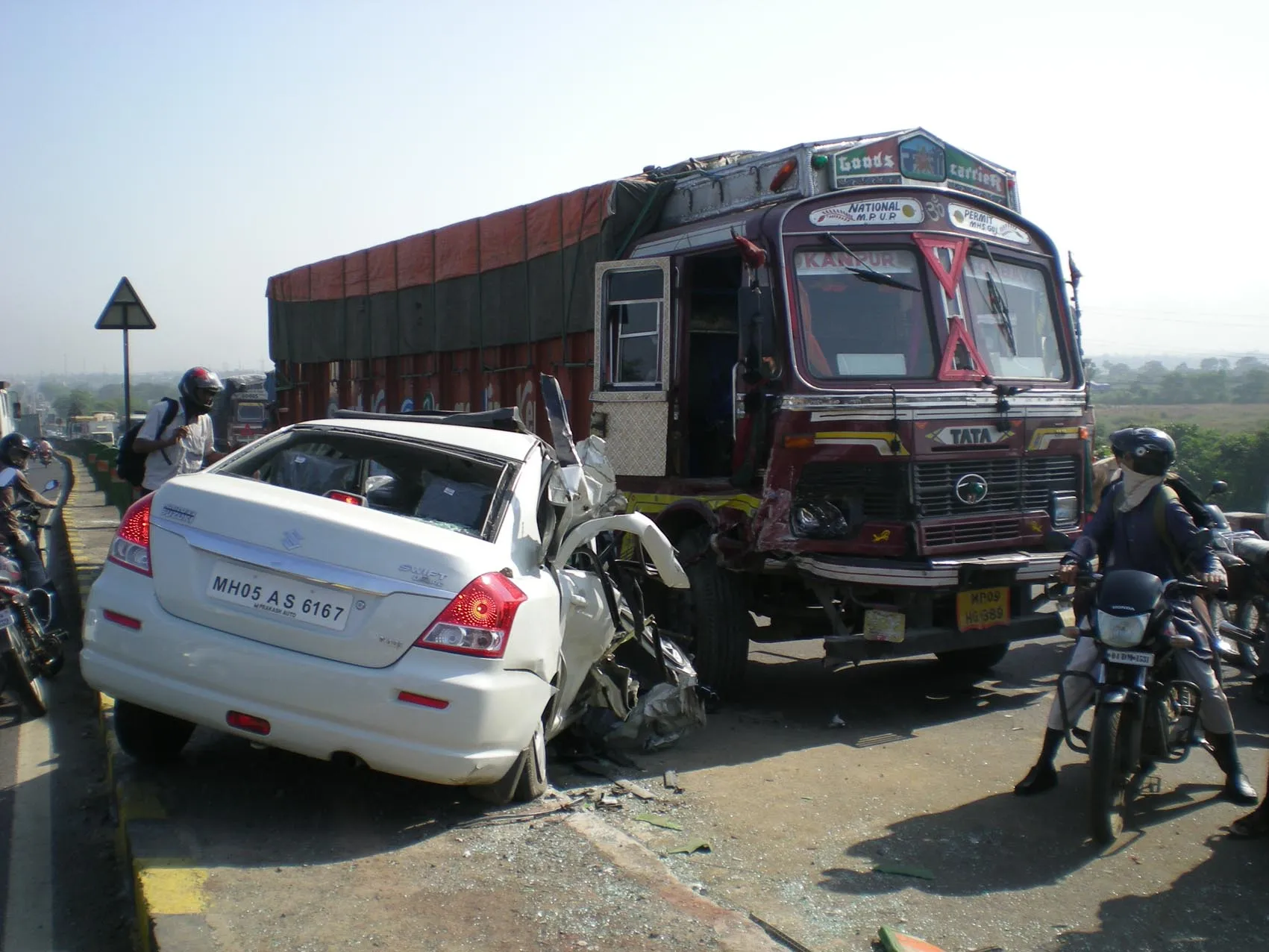
It is of immense significance to note that the Supreme Court in a most learned, laudable, landmark and latest judgment titled S Rajaseekaran vs Union of India & Ors. in I.A. No.71387 of 2023 in Writ Petition (C) No. 295 of 2012 and cited in Neutral Citation No.: 2024 INSC 37 that was pronounced as recently as on January 12, 2024 has issued most commendable directions to ensure that the victims and their legal representatives in hit and run accident cases are informed about the availability of the compensation scheme and that they are assisted in filing the claims. It is also a matter of great satisfaction to note that the Apex Court mandated that the police in a hit-and-run accident must inform the victim or their legal representatives about the availability of the compensation scheme under Section 161 of the Motor Vehicles Act. It merits mentioning that the Apex Court very rightly directed the Central Governments to assess whether the amount of compensation under Section 161 of the Motor Vehicles Act, which currently stands at Rs 2 lakhs for death and Rs 50 thousand for grievous injury resulting from hit-and-run accidents, should be progressively increased annually since the value of money diminishes over time.
At the very outset, this brief, brilliant, bold and balanced judgment authored by Hon’ble Mr Justice Abhay S Oka for a Bench of the Apex Court comprising of himself and Hon’ble Mr Justice Pankaj Mithal sets the ball in motion by first and foremost putting forth in para 1 that, “We have heard the learned counsel on the question of issuing interim directions for the effective implementation of the provisions of the Motor Vehicles Act, 1988 (for short, ‘the MV Act’) relating to the grant of compensation in case of hit and run motor accidents.”
Do note, the Bench notes in para 2 that, “Section 161 of the MV Act, as applicable from 1st April 2022, reads thus:
“161. Special provisions as to compensation in case of hit and run motor accident.—
(1) Notwithstanding anything contained in any other law for the time being in force or any instrument having the force of law, the Central Government shall provide for paying in accordance with the provisions of this Act and the Scheme made under sub-section (3), compensation in respect of the death of, or grievous hurt to, persons resulting from hit and run motor accidents.
(2) Subject to the provisions of this Act and the Scheme made under sub-section (3), there shall be paid as compensation,—
(a) in respect of the death of any person resulting from a hit and run motor accident, a fixed sum of two lakh rupees or such higher amount as may be prescribed by the Central Government;
(b) in respect of grievous hurt to any person resulting from a hit and run motor accident, a fixed sum of fifty thousand rupees or such higher amount as may be prescribed by the Central Government.
(3) The Central Government may, by notification in the Official Gazette, make a Scheme specifying the manner in which the Scheme shall be administered by the Central Government or General Insurance Council, the form, manner and the time within which applications for compensation may be made, the officers or authorities to whom such applications may be made, the procedure to be followed by such officers or authorities for considering and passing orders on such applications, and all other matters connected with, or incidental to, the administration of the Scheme and the payment of compensation under this section.
(4) A Scheme made under sub-section (3) may provide that,—
(a) a payment of such sum as may be prescribed by the Central Government as interim relief to any claimant under such Scheme;
(b) a contravention of any provision thereof shall be punishable with imprisonment which may extend to two years, or with fine which shall not be less than twenty-five thousand rupees but may extend to five lakh rupees or with both;
(c) the powers, functions or duties conferred or imposed on any officer or authority by such Scheme may be delegated with the prior approval in writing of Central Government, by such officer or authority to any other officer or authority.””
As things stands, the Bench specifies in para 3 stating that, “In terms of sub-Section (3) of Section 161, the Compensation of Victims of Hit and Run Motor Accidents Scheme, 2022 (for short, ‘the Scheme’) has been brought into force with effect from 1st April 2022. It superseded the Solatium Scheme, 1989 (the Solatium Scheme) framed under unamended sub-Section (1) of Section 163 of the MV Act. The broad framework of the Scheme can be summarised as follows;
a) The Scheme provides for the setting up of the Standing Committee and District Level Committees. The Standing Committee is at the central level. The primary duty of the Standing Committee is to periodically review the working of the Scheme, including consideration of the report of the General Insurance Council. The Standing Committee has the power to direct corrective steps to be taken. Another important function assigned to the Standing Committee is to make recommendations to the Central Government for the amendment of the Scheme for its better and more effective implementation;
b) The District Level Committees are under a mandate to evaluate the progress of the Scheme’s implementation in the concerned district and take corrective measures. Each District Level Committee is under an obligation to submit a report to the Standing Committee every quarter. The report must include monthly statistics about the claim applications received and how the same are dealt with. Another essential function of the District Level Committee is to ensure that the Scheme gets adequate publicity and the claimants are made aware of their rights under the Scheme;
c) Clause 19 provides the procedure for applying for compensation under the Scheme. The applications are firstly considered by the Claims Enquiry Officer, defined in sub-clause (e) of clause 2 of the Scheme. Upon receipt of the applications, the Claims Enquiry Officer must obtain a copy of the First Accident Report (FAR) and post-mortem report (in case of a fatal accident) from the concerned authorities. It is the duty of the Claim Enquiry Officer to decide who the rightful claimants are to claim the compensation;
d) After receiving a report from the Claims Enquiry Officer, the Claims Settlement Commissioner appointed in terms of sub-clause (f) of clause 2 of the Scheme is empowered to sanction the claim as provided in clause. It is the ultimate responsibility of the General Insurance Council to make an e-payment of the compensation amount within 15 days from the date of receipt of the sanction order and
e) Under Clause 24 of the Scheme, the General Insurance Council is under an obligation to prepare an annual report on the working of the Scheme and submit the same to the Standing Committee. The General Insurance Council is constituted under Section 64(C) of the Insurance Act, 1938.”
Quite worryingly, the Bench points out in para 4 that, “Grave concerns have been raised across the bar about the implementation of the Scheme. Our attention was invited to year-wise reports titled “Road Accidents in India”, published by the Ministry of Road Transport and Highways of the Government of India annually. The figures of hit and run accidents are as under:
2016 55,942
2017 65,186
2018 69,822
2019 69,621
2020 52,448
2021 57,415
2022 67,387
It is evident from records published by the Ministry of Road Transport and Highways of the Government of India from 2016- 2022 that there were 55,942 hit and run motor accidents in 2016, which increased to 65,186 in 2017, 69,621 in 2018, and 69,621 in 2019. During COVID 19 period, the number of accidents decreased.”
It cannot be lost sight of that the Bench observes in para 5 that, “As regards the implementation of the Scheme, our attention was invited to two important documents. The first is the annual report of the General Insurance Council for the financial year 2022-23. It records that only 205 claims were received under the Scheme during the said financial year, out of which 95 claims have been settled. The second document is the answer that the Hon’ble Minister of Road Transport and Highways gave to a starred question on 16th March 2023 in Lok Sabha. Whether there were any provisions or schemes for Compensation to victims of hit and run motor accidents and if so; the number of cases registered to seek such compensation and the amount disbursed under such scheme.
The answer records that in the last five years, there were 660 deaths in hit and run cases, and there were 113 injury cases for which compensation of 184.60 Lakhs was disbursed. If we compare the number of hit and run road accidents reported and the number of cases registered for seeking compensation, what stares at the face is that negligible number of victims have taken advantage of the said scheme. One reason may be that the victims were not made aware of the existence of the Scheme. This aspect ought to have been considered by the Standing Committee. However, that has not been done. The Standing Committee must look into the causes of non-implementation of the Scheme and direct corrective measures to be taken to ensure that every claimant who is entitled to the benefit of the Scheme is encouraged to take benefit thereof. If the Scheme cannot be effectively implemented without making amendments, the Standing Committee must recommend amendments to the Scheme. The minutes of the meeting of the Standing Committee held on 16th August 2023 have been placed on record. The minutes record a decision taken to issue a direction to the General Insurance Council to submit an annual report on the working of the Scheme till the end of August 2023. A decision was made to take the initiatives for public awareness and sensitisation about the Scheme across the states and districts. We are not sure whether the General Insurance Council has submitted a report on the working of the Scheme by 31st August 2023 as directed and whether the Standing Committee has made any decision based on the same.”
To be sure, the Bench observes in para 6 that, “We have perused the suggestions of Shri Gaurav Agrawal, the learned Amicus Curiae, and the suggestions submitted by Shri EC Agrawala, the learned counsel. When a motor accident occurs, the injured or the legal representatives of the deceased may not be aware of whether it is a hit and run accident. After a motor accident, a report is registered by the officer in charge of the jurisdictional Police Station. Clause (d) of Section 145 of the MV Act defines a hit and run accident. An accident involving a motor vehicle can be considered as a hit and run accident, provided the identity of the vehicle that caused the accident cannot be ascertained despite reasonable efforts. Obviously, reasonable efforts must be made by the Police Station which registers the accident. If the Police conclude that it is a case of hit and run accident, the Police must inform the victim or the legal representatives of the victim, as the case may be, about the availability of the Scheme. There are cases where the Police, as well as the Claims Enquiry Officer, are aware of the fact that a hit and run accident has occurred. However, no efforts are made to ensure that the persons entitled to seek compensation file their claims. An appropriate direction will have to be issued, which will ensure that the victims or the legal representatives of the victims, as the case may be, who are entitled to seek compensation under the Scheme, are informed about the availability of the Scheme and that they are assisted in filing the claims.
It is worth noting that the Bench notes in para 7 that, “Certain submissions were made on the implementation of the Solatium Scheme framed under sub-section (1) of Section 163 of the MV Act (as it existed before 1st April 2022). We may note here that Section 163 of the MV Act, as it existed till 1st April 2022, dealt with the Scheme for payment of compensation in case of hit and run motor accidents. Sub-clause (2) of clause 20 of the Solatium Scheme provided a period of limitation of 6 months for filing claims from the date of the accident, which was extendable up to 12 months. Under the Scheme framed in 2022, no specific limitation period is prescribed for submitting a claim.
A submission is made that the period of limitation provided under the Solatium Scheme should be done away with, and those who are entitled to compensation under the Solatium Scheme should be permitted to apply. We propose to issue a direction to the Central Government to consider whether a modification can be made so that those who were entitled to apply under the Solatium Scheme can apply within the time extended as a one-time measure. This submission made across the bar merits consideration. The reason is that many victims may not be aware of their right to apply under the Solatium Scheme.”
Most significantly and as a corollary, the Bench propounds in para 8 that, “In view of the above discussion, we issue the following directions :-
a) We direct the Standing Committee to consider the annual report submitted by the General Insurance Council as provided in paragraph 5 of the minutes of the meeting dated 16th August 2023 and to make recommendations to the Central Government, if necessary, for the amendment of the Scheme;
b) The Standing Committee may also issue directions for the effective implementation of the Scheme. The Standing Committee shall address the major concern that notwithstanding the availability of the Scheme, very few eligible claimants are taking benefit of the Scheme;
c) The Standing Committee shall issue elaborate directions for developing public awareness and for sensitisation of the members of the public about the Scheme and
d) We grant the time of four months to the Standing Committee to report compliance with the directions mentioned above to this Court.”
Adding more to it, the Bench further hastens to add in para 9 that, “We issue the following directions, which will operate till further orders, which can be modified after looking at the compliance made by the Standing Committee :-
a) If the particulars of the vehicle involved in the accident are not available at the time of registration of the report regarding the accident by the jurisdictional Police Station and if, after making reasonable efforts, the particulars of the vehicle involved in the accident could not be ascertained by the Police within a period of one month from the date of registration of accident report, the officer-in-charge of the Police Station shall inform in writing to the injured or the legal representatives of the deceased, as the case may be, that compensation can be claimed under the Scheme. The contact details such as e-mail ID and office address of the jurisdictional Claims Enquiry Officer shall be provided by the Police to the injured or the legal representatives of the deceased, as the case may be;
b) The officer in charge of the Police Station, within one month from the date of the accident, shall forward the FAR to the Claims Enquiry Officer as provided in sub-clause (1) of clause 21 of the Scheme. While forwarding a copy of the said report, the names of the victims in case of injury and the names of the legal representatives of the deceased victim (if available with the Police Station) shall also be forwarded to the jurisdictional Claims Enquiry Officer, who shall cause the same to be entered in a separate register. After receipt of the FAR and other particulars as aforesaid by the Claims Enquiry Officer, if the claim application is not received within one month, the information shall be provided by the Claims Enquiry Officer to the concerned District Legal Service Authority with a request to the said authority to contact the claimants and assist them in filing the claim applications;
c) A Monitoring Committee shall be constituted at every district level consisting of the Secretary of the District Legal Service Authority, the Claims Enquiry Officer of the district or, if there is more than one, the Claim Enquiry Officer nominated by the State Government, and a police officer not below the level of Deputy Superintendent of Police as may be nominated by the District Superintendent of Police.
The Secretary of the District Legal Services Authority shall be the Convener of the Monitoring Committee. The Committee shall meet at least once in every two months to monitor the implementation of the Scheme in the district and the compliance with the aforesaid directions;
d) The Claims Enquiry Officer shall ensure that a report containing his recommendation and other documents are forwarded to the Claim Settlement Commissioner within one month from receipt of the claim application duly filled in;
e) The Registry of this Court shall forward a copy of this order to the Member Secretaries of the Legal Services Authorities of each State and Union Territories.
Please read the conclusion on thedailyguardian.com
The Member Secretaries shall, in turn, forward the copies of this order to the Secretaries of each District Legal Services Authorities within its jurisdiction. After receipt of the copies of this order, the Secretaries of the District Legal Services Authorities shall take steps to form the Monitoring Committees for their respective districts and
f) The Secretaries of the District Legal Services Authorities shall submit quarterly reports on the functioning of the Monitoring Committees to the Member Secretaries of the respective Legal Services Authorities of the State or the Union Territories, as the case may be. The Member Secretaries shall collate the reports submitted by all districts and forward a comprehensive report to the Registry of this Court.”
What’s more, the Bench directs in para 10 that, “Sub-section (2) of Section 161 of MV Act provides that in case of death of any person resulting from hit and run motor accident, a compensation of Rs. 2 lakhs or such higher amount as may be prescribed by the Central Government shall be paid. In case of grievous injury, the compensation amount is Rs. 50 thousand. The value of money diminishes with time. We direct the Central Government to consider whether the compensation amounts can be gradually enhanced annually. The Central Government shall take an appropriate decision on this issue within eight weeks from today.”
Furthermore, the Bench directs in para 11 that, “We direct the Central Government to consider whether the time limit prescribed in sub-clause (2) of clause 20 of the Solatium Scheme can be extended and permission be granted to the eligible claimants to apply within the extended time as a onetime measure. Even on this aspect, we expect the Central Government to decide within eight weeks from today.”
Finally, the Bench concludes by holding in para 12 that, “The copies of the compliance reports by various authorities reporting compliance with the directions mentioned above shall be provided by the concerned authorities to the learned Amicus Curiae and the learned counsel representing the parties. List on 22nd April 2024 for considering the compliance.”
In sum, we thus see that the Apex Court in hit and run accidents cases has rightly issued commendable directions to ensure that the victims are informed about compensation scheme so that they are able to avail the benefit from it. It must be strictly implemented as directed by the top court. No denying!
Sanjeev Sirohi, Advocate,
s/o Col (Retd) BPS Sirohi,
A 82, Defence Enclave,
Sardhana Road, Kankerkhera,
Meerut – 250001, Uttar Pradesh.
